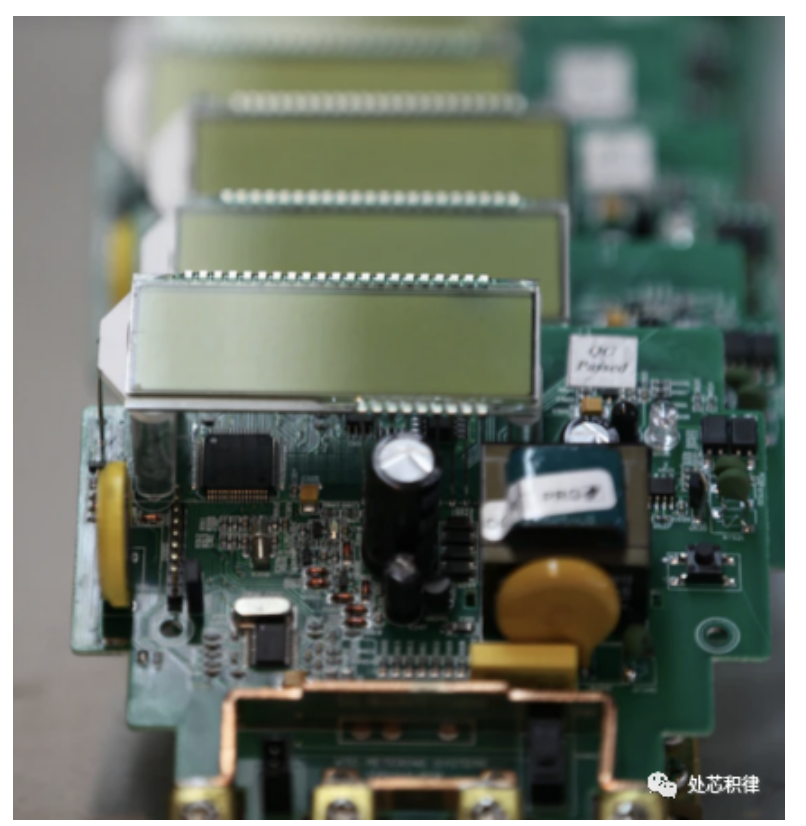在验证一款MCU的时候,需要考虑哪些东西呢?笔者根据常用的MCU架构罗列了一份MCU的test plan。大家帮忙看看全不全?
Introduction:
a. Overview of the MCU and its target applications.
b. Purpose and scope of the test plan.
MCU Specifications:
Document the MCU's key features and specifications, such as architecture, core, memory, peripherals, and interfaces.
Verification Environment:
Description of the hardware and software tools used in the verification process, including simulation/emulation platforms, debuggers, and compilers.
Testbench Development:
Develop a testbench that models the MCU and its environment, including stimulus generation, monitors, checkers, and coverage collection.
Test Scenarios and Test Cases:
Functional tests:
- Core functionality, including instruction set and interrupt handling.
- Memory tests, including read/write operations, access protection, and error detection.
- Peripheral tests, covering UART, SPI, I2C, GPIO, ADC, DAC, timers, PWM, RTC, watchdog, etc.
- Interface tests, such as bus protocols and communication interfaces.
- Low power mode tests, including sleep, idle, and standby modes.
Performance tests:
- Clock frequency, latency, and throughput measurements.
- Power consumption analysis under various operating conditions.
Corner case and stress tests:
- Testing under extreme conditions, such as high/low voltage, temperature, and clock frequencies.
- Testing with invalid inputs or out-of-spec conditions. d. Error and fault injection tests:
- Injecting errors to verify fault handling and recovery mechanisms. e. Hardware/software co-verification tests:
- Verifying the MCU's interaction with embedded software and external hardware components.
Coverage Analysis
- Code coverage: Ensure all lines, branches, and conditions in the MCU's design have been exercised.
- Functional coverage: Ensure all specified functions and features have been tested.
- Assertion coverage: Ensure all assertions in the design have been checked.
- Define coverage targets and assess the progress toward these goals.
Test Execution and Debug
a. Run test cases on the verification platform (simulation/emulation).
b. Debug and analyze test failures, logging defects, and reporting issues. c. Retest and verify fixes for identified issues.
Regression Testing
Periodically run a full regression suite to ensure that previous functionality remains intact.
Deliverables
a. List of test cases, including pass/fail criteria and test results.
b. Coverage reports, demonstrating coverage targets have been met.
c. Bug reports and resolution status.
Schedule and Milestones
a. Define a timeline for test development, execution, and completion.
b. Establish milestones for key phases of the verification process.
Resources and Responsibilities
a. Assign verification team members to specific tasks and responsibilities.
b. List any additional resources needed for the verification effort.
原文:处芯积律
作者: 梨果爱秋天
相关文章推荐
- 浅谈验证平台的通讯机制
- UVM中add_typewide_sequence和add_sequence的区别
- 灵动微课堂 |开源项目:基于MM32F0160微控制器的机械键盘
- 从FPGA说起的深度学习(七)-循环并行化
- 从FPGA说起的深度学习(六)-任务并行性
- 双MIPI摄像头图像系统设计
更多FPGA干货请关注IC设计技术专栏。欢迎添加极术小姐姐微信(id:aijishu20)加入技术交流群,请备注研究方向。



